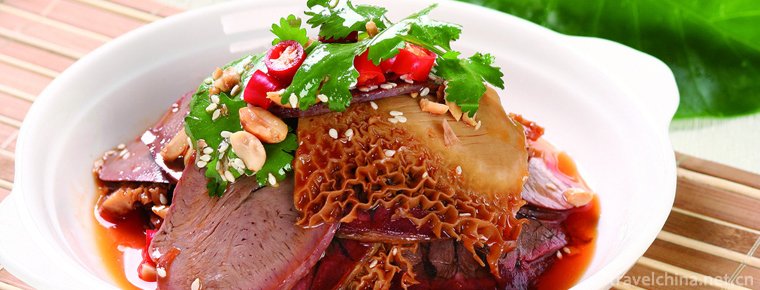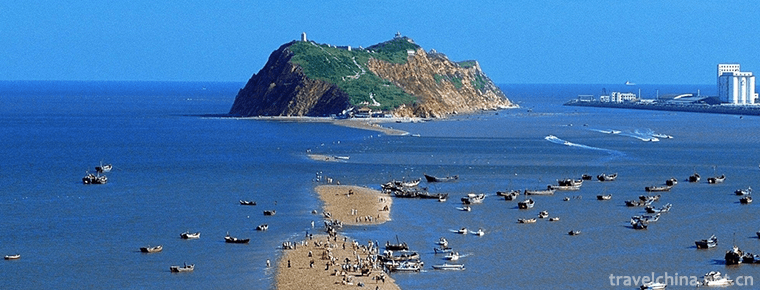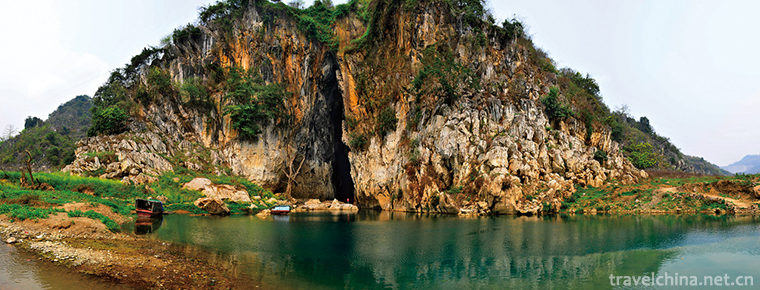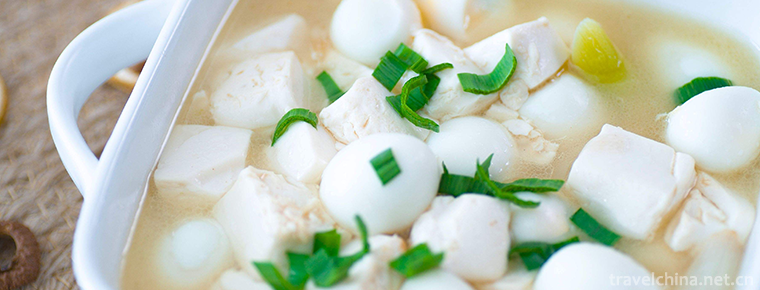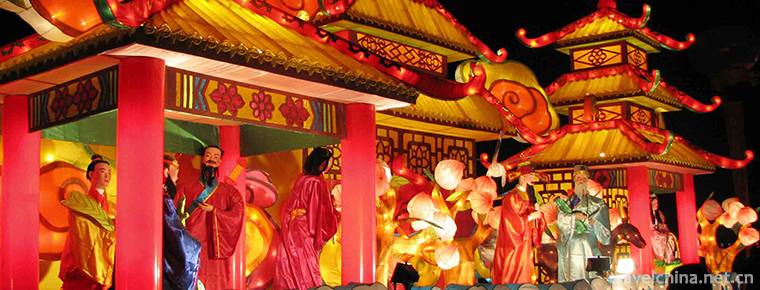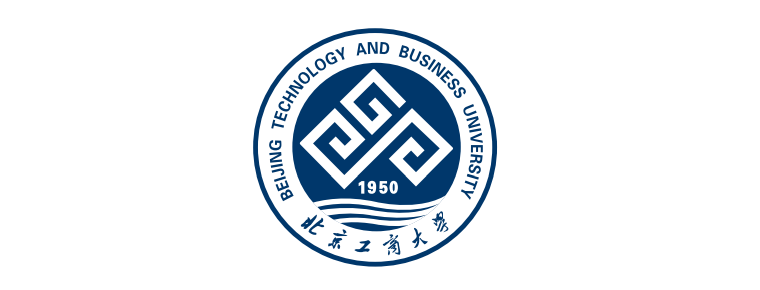Female Book Custom
Female Book Custom
Jiangyong Nu Shu in Yongzhou, Hunan Province, is the only special written language for women in the world. Its development, inheritance and cultural information as symbols constitute the custom of women's books. Women's books are generally seven-character poem-style song books, the content of which is mainly complaint of suffering, which is a kind of bitter literature for self-entertainment and self-pleasure. These works are written in fine cloth handwritten books (wedding gifts), fans, cloth pads and paper. At the same time, women often gather together and sing and teach women's books while doing female hong. This activity of singing female books is called "reading paper", "reading fan" and "reading pa", which forms a unique culture of female books.
On May 20, 2006, the custom of women's books was approved by the State Council and listed in the first batch of national intangible cultural heritage list.
Historical Origin
Origin speculation
The research basis of the origin and history of women's books is very limited. The literary records related to women's books, so far, can only see the exact text, the earliest in July of the Republic of China (1931), and Ji Printing Company published "Hunan County Investigation Notes" in the first volume of "Huashan Strip": "Huashan (Yongming County), in the foothills of mountains. The stone is exquisite and flowery. Legend has it that in the Tang Dynasty, Tan's sisters learned Buddhism and practiced truth, went to the mountains to collect medicines, and sat down here. Turen erected a sacrificial ceremony on the top of the mountain (original note: now known as Huashan Temple). The stones are listed in order, worshiping the beautiful trees and shade, the edge of the road is full of stones, and the ascent and descent are forgetful. Every year in May, women in all townships burn incense to worship and sing in unison with fans to mourn it. Its song fan reads flies'heads in fine characters, which resemble Mongolian. I have no idea that men in the county can read this kind of character. This book was compiled and compiled by the investigators of counties and counties who collected local information for the purpose of autonomy and province-wide census in Hunan at that time.
As for the handed-down materials of women's books, the earliest can be seen in the late Ming and early Qing Dynasty. The texts of women's books have a very short history. After the death of the owner of the women's book, she should take some women's books to the shade to accompany her, so as to avoid loneliness. Women's books are often buried or burned as funerals, and a few are left as souvenirs for her daughters and sister girlfriends. The death of death books, coupled with previous political movements in women's books are considered to be "demon books" and "demon characters" have been criticized repeatedly, burning a whole basket .
From the content of women's books, the earliest recorded events are Huangchao Uprising in the late Tang Dynasty, Hu Yuxiu's Letter of Visiting Family in the Song Dynasty, Yongli Emperor's Passing Yongming in the late Ming and early Qing Dynasties, and the events of Qianlong, Daoguang and Xianfeng in the Qing Dynasty .
Legend of Origin
There are several local legends about the origin of women's books .
Jiujin Girl's "Nuhong" Character Creation Theory
A long time ago, there was a gifted girl in Shangjiang Dike. Because she was born with nine kilograms, people called her a nine kilograms girl. Jiujin girl is very smart and capable. She has a pair of skillful hands. She has excellent patterns in spinning and weaving and hemp embroidery. Nearby girls like to make sisters with her. Others come from a long way to make friends with her and learn to be a girl. Women used to be illiterate and often made mistakes by sending messages to others. Jiujin girl created the female character, which was used to write letters on paper books, fans and handkerchiefs, and to bring them to her sisters far and near. When they received the letter, they gathered together to make a woman red, read paper, read fans and pads, and pass on women's books. Later, girls learned the word and passed it down from generation to generation.
Biography of Princess Hu of Jingtian
According to women's legends in Shangjiang pool area, Hu Yuxiu (Hu Xiuying) was the Hu family girl in Jingtian village in ancient times. She was selected as the imperial concubine in the palace because of her outstanding talent and appearance. Some are the Tang Dynasty, and some are the Western Empress of Song Qinzong. In the palace by cold reception, seven years were only spoiled three nights, all kinds of misery, want to write letters to family, but afraid of eunuchs found, they created female scripts. She wrote it on her handkerchief and told her mother and good sisters about the pain in the palace. She asked someone to take the handkerchief home and told her relatives the secret of reading the letter. First, she had to look sideways, and second, she read it in local dialect to understand the meaning. Since then, this kind of writing has spread among the women in their hometown. Some also said that the princess had come back once and taught her girlfriend to write a girl's book. Others say she learned women's books at home. Others say that her brother made the word and taught her sister to use it to write letters to relatives. Jingtian Village still has the ruins of "Imperial Bookstore" with carved beams and painted pillars. It is said that the emperor's plaque "Yuxianglou" was still in existence until the early 1960s. Many people in the village remember it clearly. "Yongming County Chronicle" records: "In the Song and Yuan Dynasties, Hu Xianhe, a scholar of Jinshi, and a Bachelor of Guanwenhua Pavilion, had sister Yuxiu, when he was a scholar, Ming Dagongye, was awarded imperial letters to the doctor, because the building was built in order to collect imperial letters." Among the works handed down in women's books are the book of visiting relatives by Yuxiu. There are also round stone crafts left by the so-called imperial concubines and uncles returning to their hometown and provincial relatives, which have been wear and tear incompletely. According to Jingtian's Hu genealogy, Hu moved from Qingzhou, Shandong Province in the Song Dynasty.
Shentai Buying Books
According to the old women in Heyuan Village, Tongshan Ranch Farm, the female script came from Dao County. There is a temple in Xinche Township, Daoxian County, ten miles north of Tongkou and Jingtian Village. According to legend, women's books were spread from the deities here by burning incense paper to buy books. A long time ago, a father and a daughter passed by collecting medicines. Their two daughters could not walk, they couldn't sit on the ground, and the old man died here because of grief. Later, the outstanding people came here to pray for the relief of disasters and diseases, and people built temples for their father and daughter. Which family has pain, which daughter-in-law does not have pups, to the temple worship, sick, disaster gone, children also have. All the people in the vicinity of one hundred and eighty miles came to offer sacrifices and pray for blessings, and all of them were women. There are embroidered little red shoes on the platform. No children take one back and do the same. Take one back and make two pairs. If you make shoes, you will have children. When you have children, you will send them back to the temple. There are also women's books on the platform. After burning incense, you can take one back to read (called "Buy a book with money") and exchange it after reading. The earliest Shentainu books were not written in pen, but embroidered on silk with silk thread, rolls by rolls. Especially for girls of fifteen or six years old, they take a female book and go back to copy it. They learn to sing, learn to write with older women. Later, you can write out your own inner words in women's books and quietly send them to the shrine of the shrine for others to read and write. If a fast-married girl can't sing or write a woman's song or a woman's book, she can't be a woman red, and she is looked down upon by others.
These legends about women's books show that: first, the shape of women's books is related to the female red pattern; second, the shape of women's books is related to the square Chinese characters, which may be a variation for the purpose of covering people's ears; third, the local dialects and dialects are recorded by women's secretaries; fourth, the creation of women's books is an urgent need for women to safeguard their own interests; fifth, the content of women's books is mainly complaints, used for women's internal feelings. Communication. The popular legend of word-of-mouth provides important information and reference for investigating the origin and creation of women's books .
Characteristics of Works
Women have the habit of singing in the singing hall. They often gather together and sing and teach women's books. Women's activities of singing women's books are called "reading paper", "reading fan" and "reading pa", and form a unique culture of women's books.
Jiang Yong's female script is the only gender script found in the world up to now. Its development, inheritance and cultural information as symbols constitute the custom of female script .
Women's scripts are long diamond-shaped, slender and uniform strokes, like mosquitoes and ants. They are called "Long-footed Mosquito" or "Ant" in folk. Because they are used by women, they are called "women's scripts" in academia. Jiangyong Nushu is an ancient writing, which has been agreed by experts and scholars. However, because there are no ancient cultural relics and it is not recorded in historical records, the origin time of Jiangyong Nushu can not be determined.
Women's books have special social functions. Women's books are usually composed of seven-character poems. Written on refined cloth handwritten books (wedding gifts), fans, cloth pads and paper, they are respectively called "Three Dynasties Book", "Song Fan", "Pa Book" and "Paper Text". Some embroidered on the handkerchief, called "embroidered characters" .
Types of works
The main contents of women's books include He San Chao Shu (gift poems on the third day of marriage), marriage songs, sister love letters with Lao Tong (Lao Tong, girlfriend of the same age), autobiographical bitter songs, narrative songs, sacrificial songs, correspondence, translation and rewriting of traditional Chinese stories, folk songs and so on. Women's books are mainly about complaining, which is a kind of bitterness literature for self-entertainment and self-enjoyment.
cNOS
Widows complain, sisterhood, etc. These works represent the culture of the female script itself and have a certain closeness .
Secondary type
Wedding, narration, playing songs, ballads, sacrifices, etc. Such works belong to regional shared culture and are relatively open.
Regenerative type
Translating rewritten works is a kind of re-creation. This is the transplantation of social traditional culture, which has great cultural circulation. His main works include He San Chao Shu (gift poems on the third day of marriage) and marriage songs, making friends with Lao Tong (Lao Tong, girlfriend of the same age), autobiographical complaints bitter songs, narrative songs, sacrificial songs, correspondence, translation and rewriting of traditional Chinese stories, playing ballads and so on .
Inheritance
There are several situations in which women's books are handed down locally: first, they are handed down from home. The older women in the family teach the younger girls. The second is private school. Spend money on women's books for full-time women with higher levels. The third is the style of the song hall. Women teach and learn from each other in reading paper and fans. Fourth, self-study. Use the gifts or bought, borrowed female books, copy and self-study. Because almost everyone of the local women can sing women's books and songs, it's easier to learn by oneself.
The carrier forms of women's books mainly include: hand-written paperback, paper, fan, cloth pad, flower belt, etc. .
Literary techniques
As a special feminine literature, women's books also have distinct feminine characteristics in their expressive skills. In women's books, metaphors and thimble techniques of women themselves are widely used. The owner of the women's Book likens herself and related things to "flowers" in a large number. The thimble technique commonly used in women's books: scenery revitalization, top-down sentence, end-to-end.

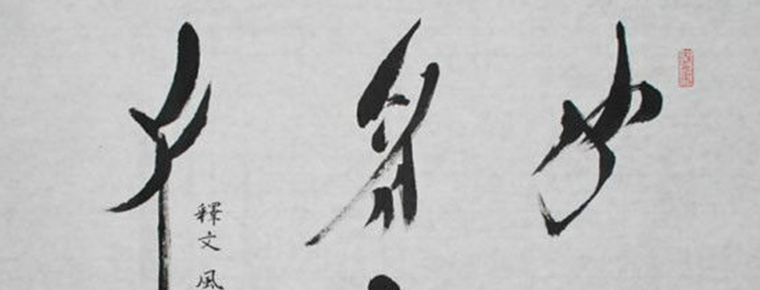
-
Sliced beef and ox organs in chili sauce
Sliced beef and ox organs in chili sauce is a famous dish in Chengdu, Sichuan.
Views: 421 Time 2018-10-13 -
Qingyuan Mountain Scenic Area
Qingyuan Mountain National Key Scenic Spot is located in the southeast of Fujian Province, and on the Northeast Bank of the lower Jinjiang River.
Views: 147 Time 2018-12-08 -
Huanglong Scenic Area
Huanglong Scenic Spot, World Natural Heritage, World Human and Biosphere Reserve, Green Globe 21 Certificate, National AAAAA Tourist Spot, National Key Scenic Spot..
Views: 162 Time 2018-12-12 -
Bijiashan Scenic Area
Bijiashan Scenic Area is located in Tianqiao Town, Jinzhou City, Liaoning Province. The main scenic spots are Bijiashan Island and "Tianqiao", which are divided into five areas: island sight.
Views: 132 Time 2019-01-02 -
Yanzidong in Jianshui County
Jianshui Swallow Cave is located in the Lujiang River Valley, more than 20 kilometers east of Jianshui County, Honghe Hani and Yi Autonomous Prefecture, Yunnan Province..
Views: 108 Time 2019-01-21 -
Qingdao Seaside Scenic Spot
Qingdao Seaside Scenic Spot is the first batch of state-level scenic spots announced by the State Council in 1982, and also the first batch of national AAAA-level scenic spots..
Views: 234 Time 2019-02-07 -
Quancheng Marine Polar World
Quancheng Marine Polar World is a comprehensive exhibition hall located in Qihe County, Dezhou City, Shandong Province, with a total investment of 1 billion yuan .
Views: 251 Time 2019-02-07 -
Quail egg soup
Quail egg soup is a delicacy made of quail eggs, shrimps, etc..
Views: 244 Time 2019-03-24 -
The Lantern Festival
Lantern Festival, also known as the Lantern Festival, the Little January Festival, the Lantern Festival or the Lantern Festival, is one of the traditional festivals in China. The first month is the fi.
Views: 322 Time 2019-07-16 -
Legend of Zhuangzi
The legend of Zhuangzi is a folklore of Dongming in Shandong Province. Chuang Tzu, Ming Zhou, Zixiu. According to the Records of History, it is recorded as the Mongolian people in the Warring States P.
Views: 148 Time 2019-08-10 -
Beijing Technology and Business University
Beijing University of Industry and Commerce is a multi-disciplinary university in Beijing. It was approved by the Ministry of Education in June 1999 by the merger of Beijing Institute of Light Industr.
Views: 395 Time 2019-09-06 -
Guangyuan climate
Guangyuan City belongs to subtropical humid monsoon climate; it is located in the southern foot of Qinling Mountains, which is a transition zone between North and south. It has the characteristics of humid climate in the South and the characteristics of high sky.
Views: 329 Time 2020-12-15
